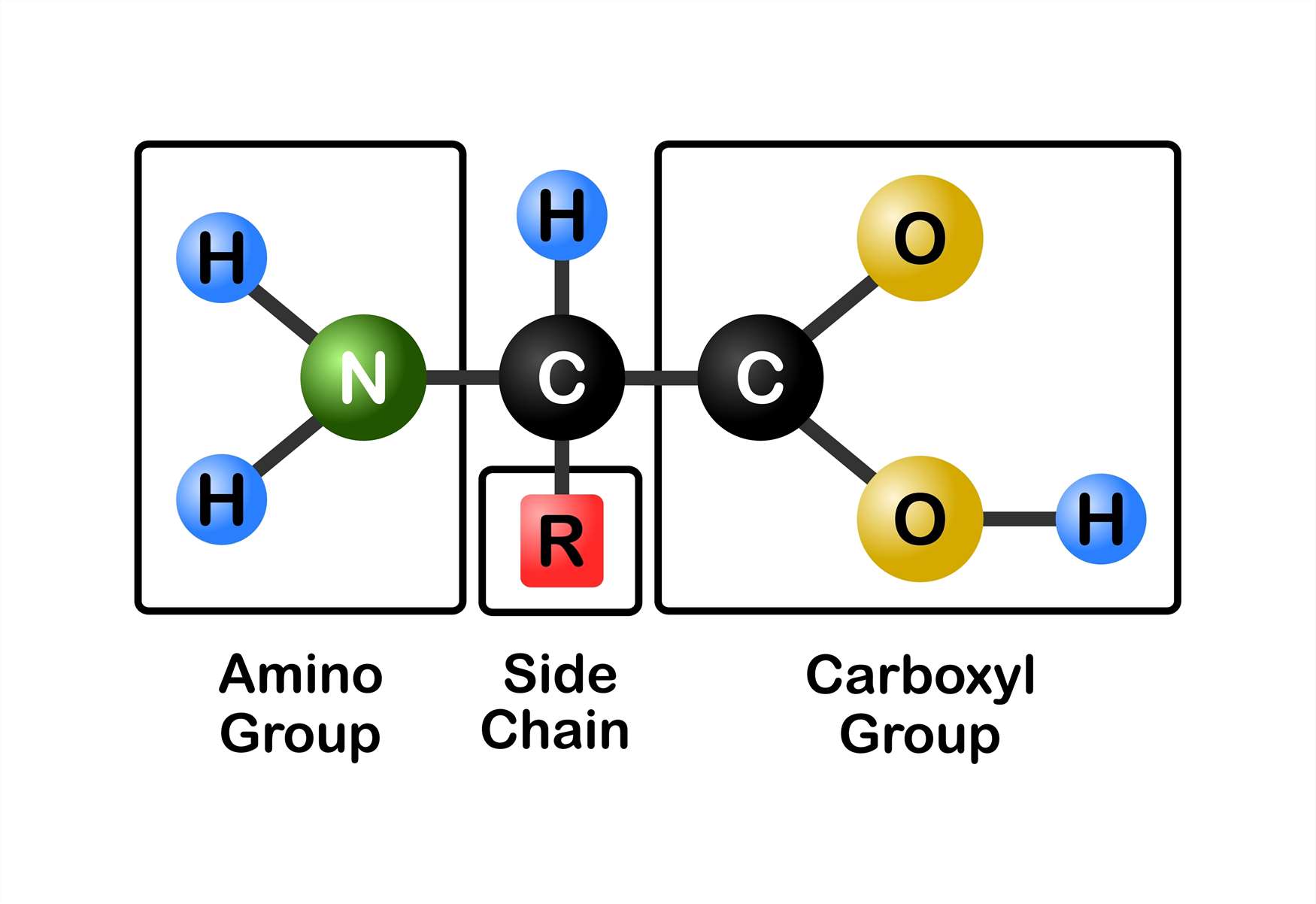
Our company specializes in providing amino acid synthesis services. Our professional R&D team uses advanced synthesis technologies to deliver customized synthesis solutions covering basic amino acids to complex structures. Our company provides complete process support from R&D to production while meeting the specialized needs of scientific research, pharmaceuticals, and biotechnology through our commitment to high product purity and quality.
Our synthesis services produce conventional natural amino acids which are applicable to both biochemical research and industrial uses.
Our team performs tailored synthesis of non-natural amino acids alongside their derivatives to fulfill unique research and development demands.
Our laboratory produces functionalized derivatives of amino acids which serve as critical components in drug development as well as new material research initiatives.
Our laboratory produces short peptides and peptide fragments which support bioactivity testing and drug discovery processes.
Our process optimization services extend from laboratory scale operations to industrial production to maintain efficient and stable synthesis processes.
Our state-of-the-art purification and analysis technologies enable us to maintain product purity and quality according to industry requirements.
Our services deliver customized solutions that meet customer requirements through every step from design until delivery.
Professional Team
We have a team of experienced researchers with a strong academic background and extensive practical experience in amino acid synthesis, capable of handling various complex synthesis tasks.
Strict Quality Control
With advanced analytical equipment, such as mass spectrometers and HPLC, we conduct strict quality testing for each batch to ensure product purity and quality meet industry standards.
Flexible Customization
We offer customized services based on specific customer requirements, including amino acid synthesis with varying purity levels and modification types, serving applications in scientific research, pharmaceuticals, and other fields.
Efficient Delivery
With optimized synthesis processes and efficient production workflows, we can complete orders quickly, reducing delivery times and ensuring that customers receive the required products on schedule.
Confidentiality System
We strictly adhere to confidentiality agreements, protecting the customer's intellectual property and business secrets, ensuring the security of customer information.
Customers contact us via phone, email, or online forms to provide specific amino acid synthesis requirements, including target amino acid sequences, purity requirements, synthesis quantities, and other details.
Our professional team designs a detailed synthesis plan based on the customer's information, including synthesis routes, purification methods, and quality control standards.
After customer confirmation of the synthesis plan, both parties sign a contract, specifying service content, delivery timelines, and fees.
We carry out amino acid synthesis using advanced technologies as per the contract requirements, followed by purification using equipment such as High-Performance Liquid Chromatography (HPLC) to ensure the purity meets customer expectations.
The synthesized amino acids undergo rigorous quality testing, including mass spectrometry (MS), HPLC purity analysis, and more, ensuring the product meets quality standards.
The final product is delivered in freeze-dried powder form, along with a detailed quality report. We also provide after-sales technical support to address any questions during product use.
Amino acid synthesis has a wide range of applications across various industries, including scientific research, pharmaceuticals, food, and materials. Below are the main application areas of amino acid synthesis and their specific uses:
Drug Development: The synthesis of many drugs including antibiotics, antiviral drugs, and anticancer drugs utilizes amino acids as key components.
Peptide Drugs: Peptide and protein-based drugs for diabetes and cardiovascular disease treatment along with cancer therapy rely on amino acids as their fundamental building blocks.
Drug Delivery Systems: Amino acid-based polymers function as design materials for drug delivery systems which improve drug stability and targeting capabilities.
Genetic Engineering: Protein synthesis relies on amino acids which serve essential functions in gene expression and protein engineering.
Biosensors: Modified biosensors containing amino acids function as detectors for both biomolecules and environmental contaminants.
Enzyme Engineering: Industrial enzyme design and optimization depend on amino acids because they play essential roles in enzyme-catalyzed reactions.
Nutritional Enhancers: Amino acids serve as dietary supplements in both food and drink products to increase their nutritional benefits.
Flavor Enhancers: Food flavoring depends on specific amino acids including monosodium glutamate (MSG).
Food Additives: Food products gain improved texture and stability through the application of amino acid derivatives.
Biomaterials: Biodegradable materials like medical implants and tissue engineering scaffolds can be constructed from amino acid-based polymers.
Nanomaterials: The ability of amino acids to self-assemble makes them valuable for designing nanomaterials including nanoparticles and nanofibers.
Surface Modification: Material surfaces are enhanced with amino acids to boost their compatibility with biological systems and improve their overall functionality.
Plant Nutrition: Amino acids are used as growth promoters to improve crop yields and resistance to environmental stress.
Pesticides and Fertilizers: Amino acid derivatives are used in the development of new pesticides and fertilizers, reducing environmental pollution.
Moisturizers: Amino acid derivatives (such as serine) are used in skincare products to provide moisturizing and anti-aging functions.
Sunscreens: Some amino acid derivatives have UV-absorbing properties and are used in sunscreen products.
Anti-inflammatory and Repair: Amino acid-based compounds are used to reduce skin inflammation and promote wound healing.
Research Reagents: Amino acids and their derivatives are used as standards and reagents in biochemical and molecular biology research.
Teaching Experiments: Amino acid synthesis experiments are commonly used in education to help students understand the basic principles of biochemistry and organic chemistry.
Bioremediation: Amino acid-based materials are used in environmental remediation to adsorb and degrade pollutants.
Biosensors: Amino acid-modified sensors are used to detect harmful substances in the environment.
Yes, we provide customized synthesis services for non-natural amino acids and their derivatives to meet special experimental and R&D needs.
Yes, we offer isotopic labeling of amino acids (such as deuterium, carbon-13, nitrogen-15) or fluorescent labeling services, suitable for metabolic research and biological imaging.
Yes, we support small-scale production (e.g., milligram to gram scale), helping customers verify product performance before deciding to scale up production.
Yes, we provide detailed quality inspection reports for each batch of amino acids, including purity, molecular weight, structural confirmation, and other information.
